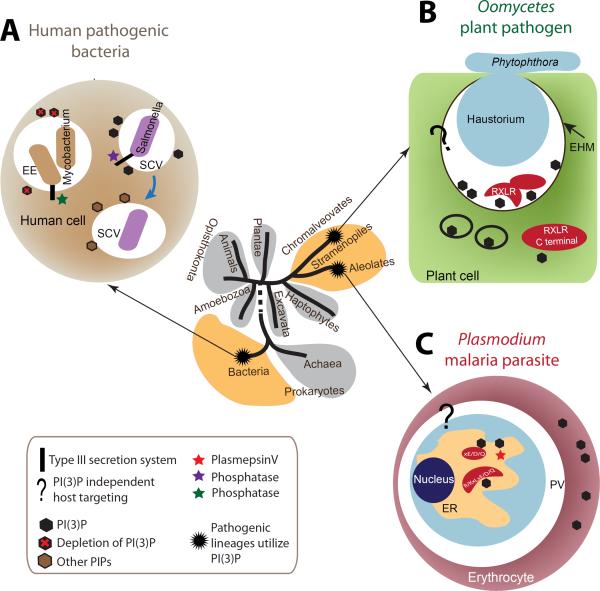Figure 1. Phylogenetic position, modulation of PI(3)P and host targeting in different intracellular pathogens.
The tree of major life domains shown is based on the analysis of [55]. Pathogenic lineages that utilize PI(3)P for host targeting and host modulation are chromalveolates, alveolates and bacteria. The life domains to which they belong are colored yellow. Host targeting refers to the process by which intracellular pathogens deliver pathogen-produced enzymes, toxins and other proteins directly into host cytoplasm and membrane. Bacterial pathogens use a type III secretion system to inject effectors into host cells. Eukaryotic pathogens utilize endocytic pathways to deliver proteins. (a) Intracellular bacteria use type III effectors to modulate PI(3)P levels for survival and replication within vacuoles inside the host cell cytoplasm. Mycobacterium tuberculosis decreases PI(3)P levels to arrest endosome maturation, avoiding destruction by the host. Salmonella transiently increases PI(3)P levels to facilitate invasion and biogenesis of the vacuoles for intracellular survival. (b) Plant pathogenic oomycetes partly grow into plant cells with a structure called the haustorium. Host targeting utilizes PI(3)P at the extra haustorial membrane surrounding the haustorium to enable RxLR-dEER effector entry. How effectors are delivered across the extra haustorial membrane into the host cell is not known (and thus shown by a question mark), but once in the cytoplasm, their C-terminal domain(s) can bind cytoplasmic PI(3)P to modulate host physiology. (c) The malaria parasite Plasmodium survives in a membranous structure in erythrocytes. Host targeting starts at the parasite ER with binding of PI(3)P by a host targeting motif R/KxLxE/D/Q. Plasmepsin V is an aspartic protease that does not cleave KxL motifs. However it is detected in association with PI(3)P (see Figure 3) cleaves after the RxL to yield xE/D/Q, which does not bind PI(3)P but supports export by unknown mechanisms (depicted by question mark). In oomycetes, PI(3)P-independent host targeting pathways also exist. Vaid et al. [56] report the presence of PI(3)P in the infected erythrocyte. Abbreviations: EE, early endosome; SCV, Salmonella-containing vacuole; EHM, extra haustorial membrane; ER, endoplasmic reticulum; PV, parasitophorous vacuole.

